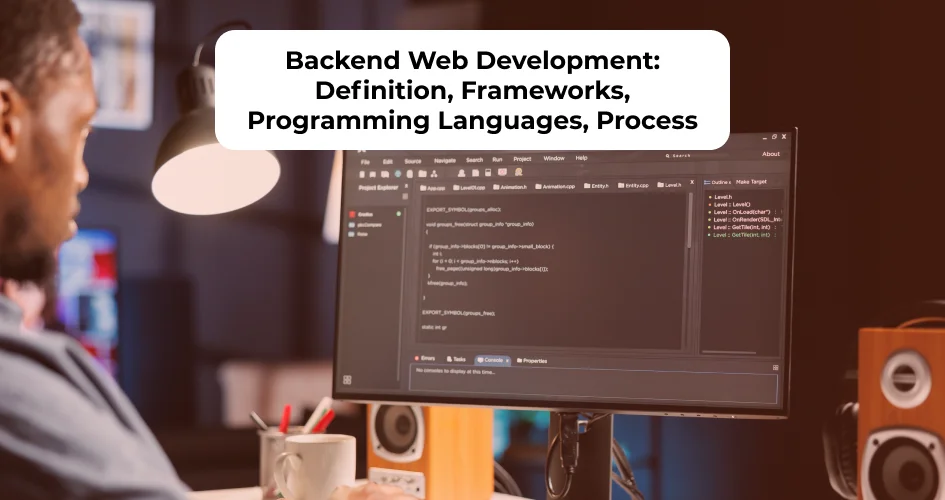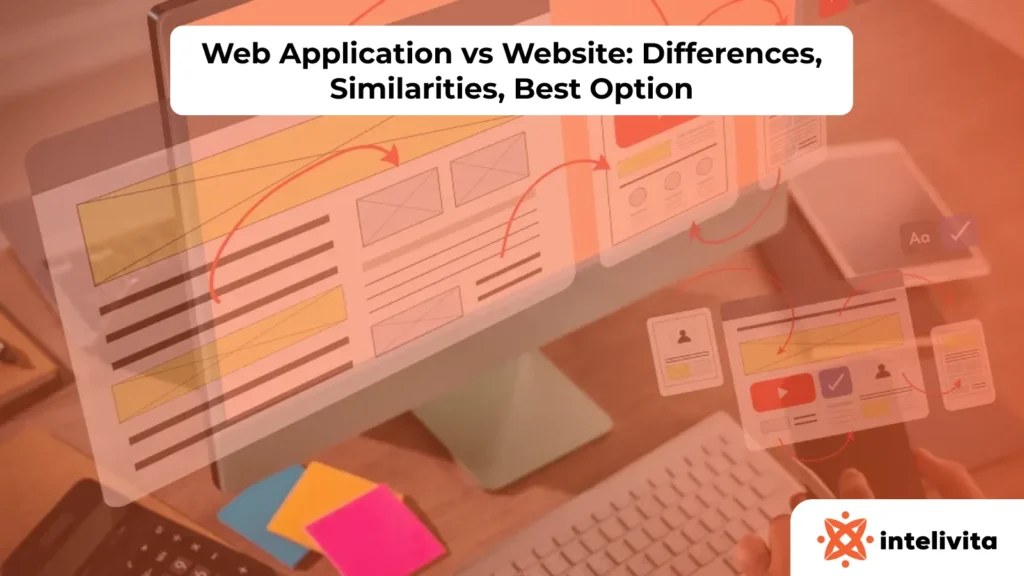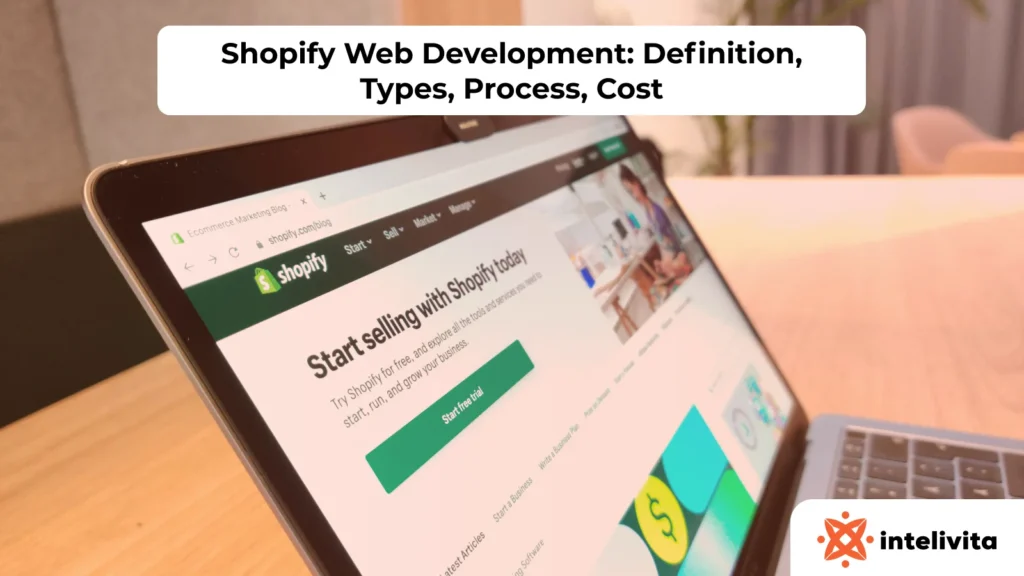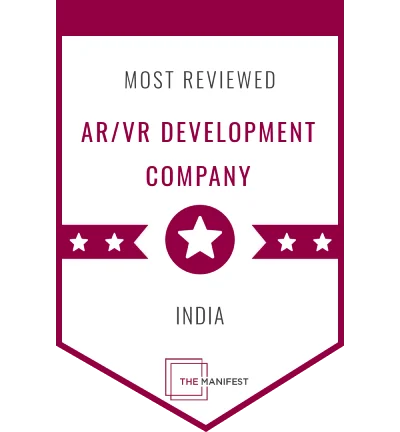Backend web development focuses on the behind-the-scenes systems that power web applications, handling everything from server logic to database interactions. It’s the core of any dynamic website, ensuring smooth data flow between the frontend and backend, user authentication, and performance optimization.
The best frameworks for backend development include Node.js, Django, Laravel, Ruby on Rails, and Spring Boot, all of which help developers build robust and scalable web development projects. According to Stack Overflow’s 2023 Developer Survey, Node.js is used by 42.7% of professional developers, making it one of the most popular choices.
The top programming languages for backend development are JavaScript (with Node.js), Python, PHP, Java, and C#. These languages let developers write APIs, integrate databases, and structure web applications securely and efficiently.
To develop the backend of a website, you first set up a server, choose a backend language and framework, connect a database, build APIs, and then test and deploy the solution. This process ensures data is handled correctly and that the frontend communicates with the server without delays or errors.
What Is Backend Web Development?
Backend web development is the part of web development that focuses on the server-side of a website or web application. It involves everything users don’t see, like writing APIs, managing databases, configuring servers, and integrating services to make sure the frontend works properly.
Backend web development is important because without a backend, your site won’t process data, handle payments, manage user accounts, or deliver personalized content. Common use cases of backend web development include e-commerce platforms, SaaS tools, content management systems (CMS), and any application that relies on dynamic data processing or third-party integrations.
What Is A Backend Web Developer?
A backend web developer is someone who writes, builds, and maintains the server-side logic of a web application using frameworks, databases, and APIs. They work behind the scenes to ensure the frontend can send and receive data securely and efficiently.
As a backend developer, your job is to configure databases, integrate third-party services, create RESTful APIs, and optimize server performance. You make sure the entire system runs smoothly, from user registration to data processing and payment handling.
To succeed in this role, you should have a strong understanding of backend programming languages like Python, Java, PHP, or JavaScript (Node.js), along with knowledge of web frameworks, relational or NoSQL databases, version control systems like Git, and server architecture. Experience with security practices, performance tuning, and API documentation is also key.
What Are The Best Frameworks For Backend Web Development?
The best backend web development frameworks are Django, Node.js/Express, Ruby on Rails, Laravel, and Spring Boot. These frameworks help you build secure, scalable, and maintainable server-side applications faster by offering ready-to-use tools, standardized architecture, and strong community support.
The best frameworks for backend web development include the following:
- Express.js: A minimalist and fast Node.js framework, Express was introduced in 2010 and quickly became a go-to for building APIs and web servers in JavaScript. It’s lightweight, unopinionated, and integrates easily with databases and middleware tools. You’ll need Node.js and npm to get started, and it’s ideal if you’re already working in the JavaScript ecosystem.
- Django: Django is a high-level Python framework released in 2005, designed to encourage rapid development and clean, pragmatic code. It comes with built-in features like an admin panel, ORM, and authentication. Django uses Python, and it works well with tools like PostgreSQL and REST frameworks, perfect if you want security and speed out of the box.
- Ruby on Rails: Built in Ruby and released in 2004, Rails emphasizes convention over configuration and rapid development. It includes everything needed to create full-featured web applications quickly. Ruby on Rails is easy to use and integrates with Active Record (its ORM), SQLite, and PostgreSQL.
- Laravel: Laravel is a modern PHP framework launched in 2011, built for simplicity, elegance, and speed. It provides features like Blade templating, Eloquent ORM, and built-in routing. Laravel runs on PHP, requires Composer for package management, and is great for developers who prefer a clean and expressive syntax.
- Spring Boot: Spring Boot, part of the larger Spring ecosystem, is a Java-based framework created by Pivotal in 2014. It simplifies enterprise Java development by handling configuration and providing auto-setup features. You’ll need Java, Maven, or Gradle, and it’s ideal for building large-scale, secure, enterprise-grade apps.
- ASP.NET Core: Developed by Microsoft, ASP.NET Core is an open-source, cross-platform framework for building modern web APIs and apps in C#. Launched in 2016 as a redesign of the original ASP.NET, it supports high performance and scalability. You’ll use C#, Visual Studio or VS Code, and it’s best suited for teams already working within the .NET environment.
What Programming Languages Are Used For Backend Web Development?
The programming languages used in backend web development include JavaScript (Node.js), Python, PHP, Ruby, Java, and C#. These languages allow you to write server-side logic, build APIs, and integrate with databases and third-party services to power dynamic and scalable web applications.
Here are the most widely used programming languages for backend web development:
- JavaScript (Node.js): Originally built for the browser, JavaScript powers backend development through Node.js, allowing full-stack development with one language. It’s asynchronous, event-driven, and great for building APIs and real-time apps. While JavaScript is fast and scalable, handling heavy computation isn’t its strongest suit.
- Python: Python is known for its readability and versatility. It is used with frameworks like Django and FastAPI. It supports rapid development, strong community support, and great integration with data science tools. However, Python is not the best choice for apps requiring ultra-low latency.
- Ruby: Ruby is a dynamic, object-oriented language known for powering the Rails framework. It emphasizes convention over configuration, letting you develop fast with clean code. It’s beginner-friendly but slower than some other languages in terms of raw performance.
- PHP: PHP is a server-side scripting language widely used in web development, especially with platforms like WordPress and Laravel. It’s easy to deploy, has broad hosting support, and integrates well with databases like MySQL. However, it can become messy in large-scale apps if not structured properly.
- Java: Java is a statically typed, class-based language often used in enterprise applications with frameworks like Spring Boot. It offers robust security, multithreading, and cross-platform compatibility. Its verbosity and learning curve is challenging for beginners.
- C#: C# is a modern, object-oriented language developed by Microsoft and primarily used with ASP.NET Core. It provides strong type-checking, performance, and full integration with Windows-based systems. The ecosystem is excellent for enterprise use, though it’s more tied to Microsoft technologies.
How To Develop The Backend Of A Website?
To develop the backend of a website, you need to set up a server environment, write backend logic using a suitable programming language, and connect to a database. This process involves creating APIs, handling authentication, and ensuring data flows smoothly between the frontend and the server. It is best to use a professional web development company for the best result.
Steps to develop the backend of a website are:
1. Set Up the Server Environment
Choose a server environment like Apache, Nginx, or a cloud-based solution like AWS or Heroku. This is where your backend code will live and run. You must also install runtime environments such as Node.js, Python, or PHP, depending on the programming language you’ll use. Proper server setup ensures your web application can handle requests, scale efficiently, and remain secure.
2. Choose a Backend Framework
Frameworks like Express.js, Django, or Laravel help you structure your code and build backend features faster. They come with routing, middleware support, and tools for database interaction. Choosing the right one depends on your language preference, project size, and long-term goals. A well-supported framework improves development speed and maintainability.
3. Design and Connect the Database
Next, you’ll design your data model and connect it to your app using either a relational database (like MySQL or PostgreSQL) or a NoSQL option (like MongoDB). This allows your backend to store, retrieve, and manage data efficiently. You’ll use ORMs (like Sequelize, Eloquent, or Django ORM) or raw queries to interact with the database. Proper database design ensures scalability and performance.
4. Build RESTful or GraphQL APIs
Your backend needs to create endpoints that allow the frontend to interact with the server—this is done through APIs. RESTful APIs are the most common, but GraphQL is growing in popularity for more flexible queries. These APIs handle operations like user signup, login, or data retrieval. They’re essential for connecting the user interface to your application logic and data.
5. Implement Authentication and Authorization
You’ll need to secure the application by setting up authentication (verifying users) and authorization (controlling access). This can be done using sessions, tokens (like JWT), or third-party services like Firebase Auth or OAuth. It ensures that sensitive data is protected and only accessible to the right users. A secure backend protects both user privacy and business data.
6. Test and Debug the Backend
Before deployment, you must test your code to catch bugs and edge cases. You can use tools like Jest, Mocha, or Postman to test endpoints, logic, and database interactions. Automated testing ensures reliability, while manual testing helps verify that the application behaves as expected. Debugging tools like logging and breakpoints help identify and resolve issues faster.
7. Deploy and Monitor the Application
Finally, you’ll deploy your backend to a live server or cloud platform using services like Vercel, Heroku, or AWS. After deployment, it’s important to set up monitoring tools to track performance and errors. Regular updates and maintenance are also key to keeping your app secure and stable. Deployment marks the transition from development to real-world use.
What Is The Difference Between Backend Web Development And Front-End Web Development?
The main difference between backend and frontend web development is that backend development handles the server-side logic, while frontend development focuses on what users see and interact with in the browser.
The backend is responsible for tasks like database management, server configuration, API building, and data processing using languages like Python, PHP, or Node.js. On the other hand, the frontend web development is built with HTML, CSS, and JavaScript to design layouts, buttons, and animations. While backend developers ensure everything functions smoothly behind the scenes, frontend developers work on delivering a smooth and engaging user experience.
How To Choose The Right Backend Web Developer?
To choose the right backend web developer, look for someone who can write, build, and integrate secure and scalable server-side code using modern frameworks and databases. You should also evaluate their experience with APIs, cloud platforms, and version control tools to ensure they structure and maintain complex web applications effectively.
Here are some practical tips to help you choose the right backend web developer for your project:
- Look for experience with modern backend frameworks: Whether it’s Django, Express.js, or Laravel, your developer should know how to build scalable and secure web applications using popular backend tools.
- Check their understanding of databases and API design: A good backend developer should know how to structure data with both relational and NoSQL databases and how to create and manage RESTful or GraphQL APIs.
- Assess their ability to write clean, maintainable code: Look through their GitHub or past projects to see if their code is organized, well-documented, and follows industry standards.
- Make sure they’re familiar with cloud deployment and DevOps tools: Experience with Docker, CI/CD pipelines, or platforms like AWS and Heroku shows they can take your product live and maintain it efficiently.
- Test communication and problem-solving skills: Backend development often involves complex debugging and collaboration with frontend teams. Clear communication is key.
Looking for a trusted team? Consider Intelivita for the best backend web development services near you. They combine deep technical expertise, transparent communication, and industry-tested frameworks to deliver fast, scalable, and secure solutions, whether you’re in the USA, UK, Canada, India, or beyond.
What Is The Cost Of Backend Web Development?
The average cost of backend web development is between $5,000 and $50,000, depending on the complexity of the project, developer experience, and required technologies. Costs increase with custom API development, database architecture, integration with third-party services, or handling high traffic loads.
Hiring developers from the US or Western Europe generally costs more, ranging from $75 to $150 per hour, while developers in Asia or Eastern Europe charge around $25 to $60 per hour. Other factors that influence pricing include the number of features, security needs, scalability requirements, and the choice between freelance developers and full-service agencies.
What Are The Best Practices For Backend Web Development?
The best practices for backend web development include writing modular and clean code, implementing proper authentication and authorization, and optimizing database queries for performance. You should also use version control systems, maintain secure API endpoints, and regularly test and document your code to ensure scalability and maintainability.
Here are the best practices you should follow for backend web development:
- Write modular and clean code: Breaking code into small, reusable functions makes your backend easier to debug, maintain, and scale. It also improves collaboration, especially when working in a team.
- Use authentication and authorization best practices: Implement secure methods like JWT, OAuth 2.0, or session-based auth to protect user data. Always validate user input and limit access based on user roles.
- Optimize database queries: Efficient queries reduce server load and response times. Use indexing, caching, and pagination to handle large datasets effectively.
- Implement version control (e.g., Git): Tracking changes with Git helps you collaborate, roll back errors, and maintain clean project history. Use platforms like GitHub or GitLab to manage branches and pull requests.
- Secure your APIs and server: Use HTTPS, input validation, and rate limiting to guard against injection attacks and brute-force attempts. Regularly update dependencies and monitor for vulnerabilities.
- Automate testing and continuous integration: Use testing frameworks like Jest or Mocha to catch bugs early. CI/CD pipelines help you deploy stable builds quickly with minimal manual work.
- Document your code and APIs: Good documentation helps other developers understand your backend logic and how to integrate with your APIs. Tools like Swagger can auto-generate API docs from your codebase.
What Are The Trends In Backend Web Development?
The trends in backend web development include serverless computing, microservices architecture, and GraphQL APIs. These advancements help you build scalable, flexible, and high-performance applications while reducing infrastructure management and improving developer efficiency.
The top trends in backend web development are explained below:
- Serverless architecture: Developers are increasingly using platforms like AWS Lambda and Azure Functions to write and run backend logic without managing traditional servers. It reduces costs and simplifies deployment for scalable applications.
- Microservices architecture: Instead of building one large backend, developers are splitting applications into smaller, independent services that communicate via APIs. This improves scalability and makes it easier to update specific parts of your app without downtime.
- GraphQL APIs: Many teams are switching from REST to GraphQL to fetch data more efficiently. It allows clients to request exactly what they need, no more, no less.
- Edge computing: Backend logic is moving closer to users via edge networks, improving performance and reducing latency. Services like Cloudflare Workers or Vercel Edge Functions are gaining traction.
- AI and automation integration: More backends now integrate with machine learning models and AI-powered tools for features like recommendation engines, smart search, and automated responses.
- Increased use of Go and Rust: While Node.js and Python still dominate, Go and Rust are being adopted for performance-intensive backend services because of their speed and memory safety.













